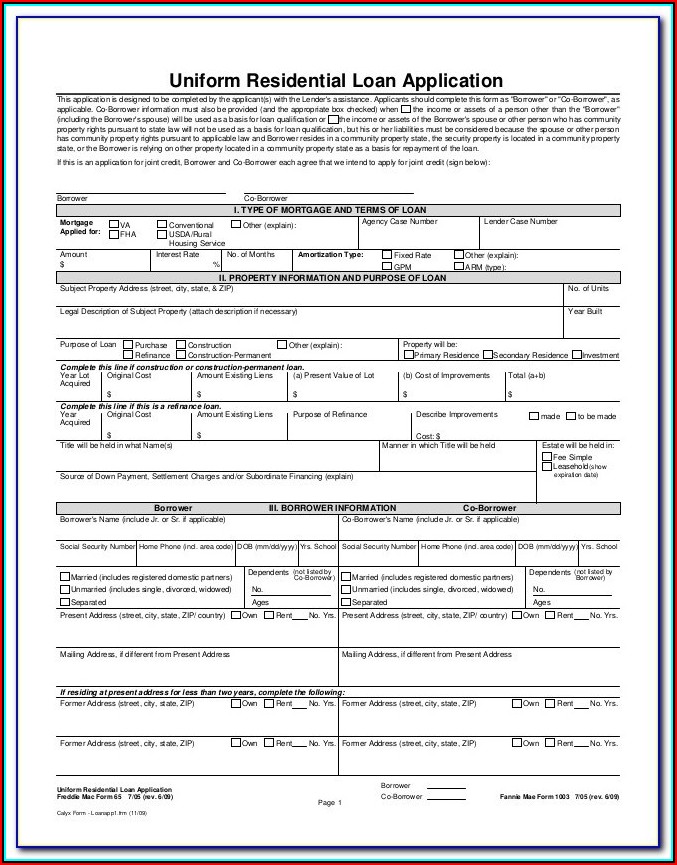5 Ways to Multiply Percentages in Excel Easily

Understanding how to work with percentages in Microsoft Excel is crucial for anyone dealing with data analysis, financial planning, or any task involving numbers. While multiplying percentages might sound straightforward, it can sometimes trip up even the seasoned Excel users due to the nuances of percentage calculations. This article will guide you through five different ways to multiply percentages in Excel, ensuring you can handle these calculations with ease and precision.
Method 1: Direct Multiplication of Percentages

The simplest way to multiply two percentages is to:
- Convert each percentage to decimal form by dividing by 100.
- Multiply the resulting decimal values.
- Convert the result back to percentage by multiplying by 100.
For example:
| Percentage 1 | Percentage 2 | Result |
| 20% | 50% | 10% |

Here’s the Excel formula:
= (A1/100) * (B1/100) * 100🔍 Note: Excel automatically converts percentages to decimals in formulas, so you don't actually need to manually divide by 100.
Method 2: Using the Format Cells to Display Percentages

This method involves:
- Entering the percentages as decimals.
- Multiplying them directly.
- Formatting the result cell to display the number as a percentage.
To format the cells:
- Right-click on the cell or cells you want to format.
- Select "Format Cells."
- Choose "Percentage" under the Number tab.
- Set the number of decimal places as needed.
Example:
=A1*B1Here, A1 might be 0.20 (20%) and B1 might be 0.50 (50%), resulting in 0.10 or 10% after formatting the result.
Method 3: Multiplying Percentages Using Absolute References

This approach is particularly useful when you want to multiply the same percentage across multiple cells:
- Enter your fixed percentage in one cell.
- Use absolute cell references (with $ signs) to refer to this cell in multiplication formulas.
Example:
= A1*$C$1Here, A1 could be any value, and C1 might contain your fixed percentage (like 0.10 for 10%).
💡 Note: Absolute references can save you time when applying the same percentage to multiple calculations.
Method 4: Multiplying Percentages by Whole Numbers

When you want to find a percentage of a number:
- Convert the percentage to decimal form.
- Multiply the whole number by this decimal.
Example:
=A1 * (B1/100)If A1 is 150 (a whole number), and B1 is 20% (0.20 as a decimal), the result would be 30.
Method 5: Combining Multiple Percentages

For scenarios where you need to multiply several percentages at once, you can:
- Use a single formula or separate formulas to multiply each percentage sequentially.
Example:
=(A1/100) * (B1/100) * (C1/100) * 100Here, if A1, B1, and C1 are 20%, 50%, and 75% respectively, the result is 7.5%.
Notes on Excel Percentage Calculations

When dealing with percentages in Excel:
- Always ensure the cells where you enter data or perform calculations are properly formatted.
- Be mindful of the order of operations when combining multiple percentage calculations.
📝 Note: When multiplying percentages, remember that Excel treats percentages as decimals by default.
To wrap up, multiplying percentages in Excel can seem daunting due to the intricacies involved. However, with these five methods, you're equipped to handle most scenarios you might encounter:
- Direct multiplication of percentages for straightforward calculations.
- Using format cells for seamless conversion between percentages and decimals.
- Absolute references for consistent multiplication with a fixed percentage.
- Multiplying by whole numbers to find a percentage of a total.
- Combining multiple percentages for complex calculations.
Each method has its advantages, depending on the context of your data manipulation. Whether you're managing sales figures, calculating growth rates, or preparing financial statements, understanding these techniques will enhance your efficiency and accuracy in Excel.
What happens if I multiply percentages directly in Excel?

+
If you multiply percentages directly without converting them to decimals, Excel will treat them as decimals (e.g., 20% is treated as 0.20), which could lead to incorrect results if not handled properly. Always ensure you format cells correctly or convert percentages to decimals before multiplying.
Why should I use absolute references when multiplying percentages?

+
Absolute references ($) are useful when you want to multiply one fixed percentage across multiple cells. This approach saves time by not having to rewrite or copy-paste the percentage each time, reducing the risk of errors.
Can Excel perform percentage calculations without formatting cells?

+
Excel can calculate percentages without formatting cells; however, the results will appear as decimals. Proper formatting ensures that results are displayed in a user-friendly percentage format, making your data more readable and understandable.



